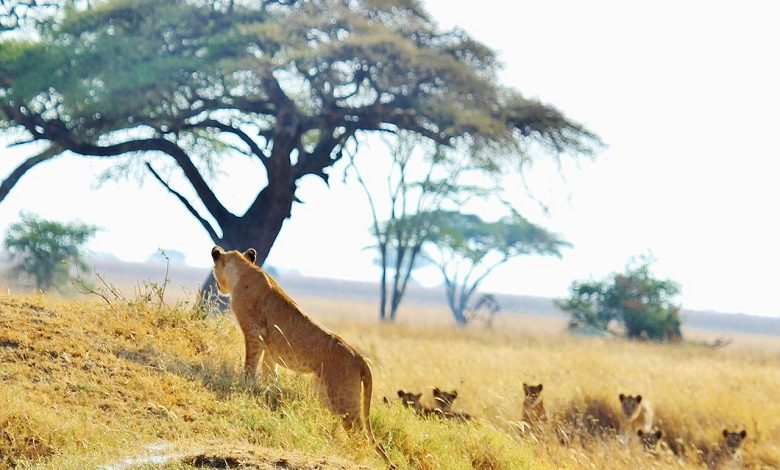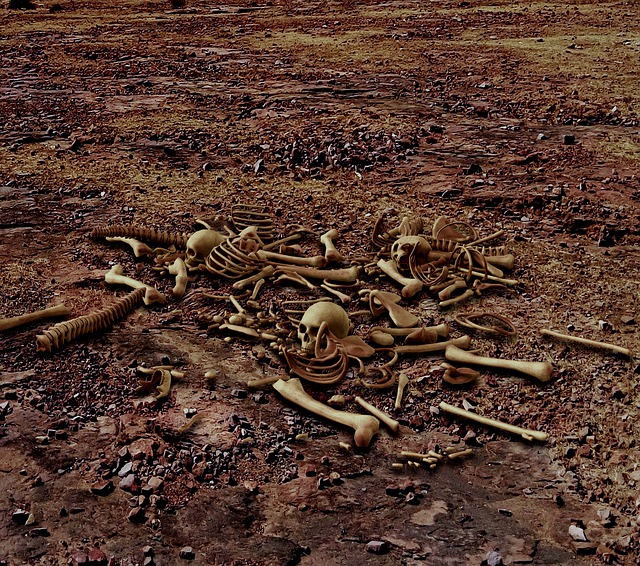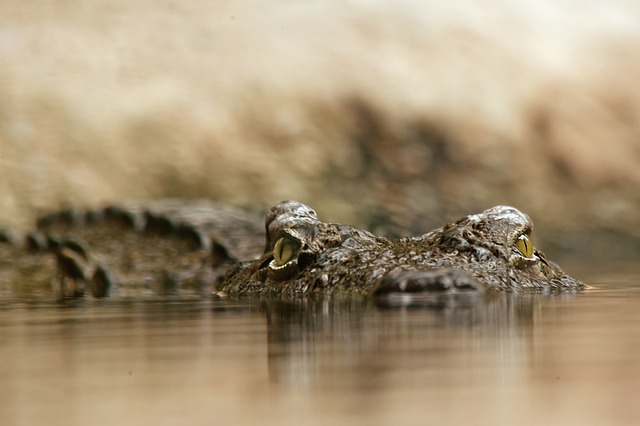Three worst man-eaters in Africa: worst lion attack in history

In Africa, most large predators can and want to see humans as suitable prey, under the right conditions; however, true “man-eaters”, that is, individual animals that prefer human flesh over any other food, are scarce.
Some of the worst cases of man-eaters in African history
1. The lions of Njombe of Tanzania
We begin this list with the worst case of man-eating lions in African history. It was not only a man-eater but pride that preferred human flesh to any other kind of food. The incident occurred in 1932, in Tanzania, near the city of Njombe. A large group of lions ended up in a particularly brutal massacre. According to legend, the lions were controlled by the witch doctor of a local tribe, Matamula Mangera, who sent them on to rampage as revenge on his people after he was discharged from his post.

The tribesmen were so afraid of the man-eating Lions that they wouldn’t even dare speak of them, believing that a simple mention would make them appear. They begged the chief to get the medicine man at his post, but he refused. The lions continued to attack and eventually took over 1,500 human lives (some say more than 2000); the worst lion attack in history and one of the worst animal attacks ever recorded.
In the end, George Rushby, a famous hunter, decided to end the attacks and killed 15 lions, and the rest of the group eventually left the area, ending the nightmare. But, of course, the inhabitants were still convinced that the lions only left because the chief of the tribe finally agreed to restore Matamula Mangera to his old job.
2. The Kenyan Ghost and Darkness
In 1898 the British began the construction of a railway bridge over the River Tsavo in Kenya. In the next nine months, the unfortunate railway workers became the target of two man-eating Lions (now known as brothers). These lions were huge, over three meters long, and as usual with lions from the Tsavo region, they were maneless. First, the two lions took the men out of their tents, dragged them to the bush, and devoured them at night. But immediately, they became so fearless that they wouldn’t even pull their victims away and start feeding on their flesh just a few meters from the tents.

Their size, cruelty, and cunning were so extraordinary that many natives thought they weren’t really lions, but instead demons, or perhaps the reincarnation of ancient local kings. The latter tried to repel British invaders (the belief that dead kings were reborn as lions were once common in East Africa). The locals then nicknamed the two man-eaters “The Ghost and the Darkness”, and the workers were so scared of them that they fled the kilometers away from Tsavo. The construction of the railway was stopped; no one wanted to become the next victim of the “devil lions”.
In the end, the chief engineer of the railway project, John Henry Patterson, decided that the only solution was to kill the man-eaters. The lions almost killed him, but eventually managed to gun down the first one in December 1989 during the encounter, and two weeks later, he was able to shoot the second. By that time, the lions had killed 140 people.
Patterson also found the lair of the man-eaters; a cave near the Tsavo river bank, which contained the remains of many human victims, and pieces of clothing and ornaments. This cave still exists and, although many bones have been excavated, it is said that there are still many inside.
Several experts have recently claimed that the lions ate only about 35 of their human victims. But this doesn’t mean that they didn’t kill many others; like other man-eaters, they were often said to kill even if they weren’t hungry. Nowadays, the Tsavo man-eaters (or rather, their stuffed furs) can be seen in the Chicago Field Museum. However, the Kenyan authorities have shown interest in building a museum entirely dedicated to them, in which case of the Ghost and Darkness can return to Tsavo.
3. Gustave of Burundi
In the African country of Burundi lives the largest man-eater of our time, a male Nile crocodile six meters long and weighs about a ton. He is the largest Nile crocodile in the world, as well as the largest individual predator on the entire African continent, and according to the natives and Patrice Faye (a French naturalist who spent years trying to catch the ogre), he has now killed more than 300 people!

The crocodile (nicknamed “Gustave”, according to Faye), has already become a legend. The natives say he kills for fun, not just for food, that he kills several people in each attack, and then disappears for months, or even years, only to reappear at another, different location to strike again. No one can predict accurately when or where he will reappear.
It also revealed that it has a monstrous appetite, and rumor has it that he attacked and devoured a male adult hippopotamus (the most dangerous and powerful animal that most crocodiles avoid). Gustave’s bulletproof vests bear countless scars made by knives, spears, and even firearms. A dark spot on his head is the only remaining trace of a bullet wound that was supposed to end his reign. But all hunters (and even a group of armed soldiers) didn’t kill the strong man-eater.
Faye himself tried to catch Gustave by building a huge underwater trap, but, although the crocodile did show up, as a grandmaster style, he doesn’t get close to the cage. He just swam and glanced around it, “as if mocking his so-called kidnappers”. Gustave would be over 60 years old, probably too experienced and smart to be fooled, so it looks likely that he will continue his depredations and perhaps, soon, claim the title of the most productive man-eater for himself.
Patrice Faye doesn’t want to kill Gustave anymore. He wants to protect him from human retribution; by capturing and keeping Gustave alive in a safe enclosure, Faye hopes to save human lives, as well as the man-eater himself, and perhaps use him as breeding stock to protect the Nile crocodile. The fence has already been built in the Ruzizi National Park in Burundi, waiting to catch the biggest man-eater of our time.




